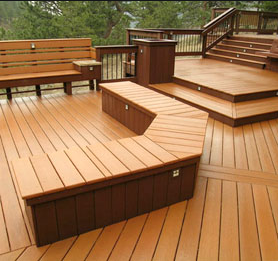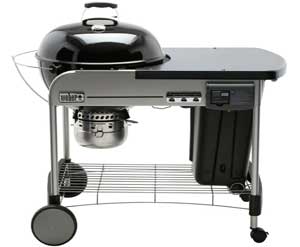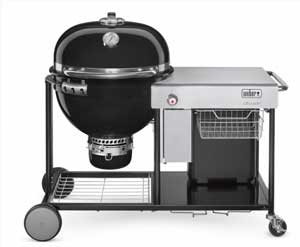 Fix or Replace: Is It Time for a New Deck?
Fix or Replace: Is It Time for a New Deck? On the off chance that your decking has breaks, looks filthy, or experiences mold, it's a great opportunity to conclude whether to resurface or supplant it altogether.
Indications of a perilous deck may not be evident so wellbeing checks are basic when choosing to fix or supplant. Additionally, if your deck was worked before 2004, it's presumably made of wood treated with chromated copper arsenate. Ordinary restoring seals in the dangerous arsenic that CCA decking contains. In any case, if the completion is chipping or worn off in spots, we recommend procuring a genius who's prepared to securely expel the old completion, residue, and trash and afterward restore it. Here are some different contemplations to remember.
Decking Types
While wood is the most well known kind of decking, different materials are getting on with mortgage holders. Here are four sorts of decking material to consider.
Wood Decking
Pros: Authenticity. Most is pressure-treated pine, however progressively costly alternatives incorporate cedar, redwood, and tropical hardwoods.
Cons: Wood will in general change shading, break, and stain on the off chance that it isn't resurfaced. Hardwoods and outlandish decisions can be costly.
Composite Decking
Pros: Best for the vibe of wood without the need to recolor. It's made of plastic and wood fiber and now and then can be recolored to change its shading. Most presently additionally accompany a few or all sides encased in plastic to forestall mold development.
Cons: Some offered far less protection from slips, stains, and buildup in our tests. Most decisions are heavier and more costly than the standard pine.
Plastic Decking
Aces: Best for opposing the components without recoloring. Decisions incorporate PVC and polyethylene. It's additionally lightweight.
Cons: Some can look modest, some is dangerous, and all drooped more than wood.
Aluminum Decking
Experts: Toughness, unbending nature, and slip obstruction. Its prepared on or anodized finish should keep going quite a while, and its finished surface included footing in our tests. Segments at times interlock with the goal that downpour won't trickle through.
Cons: It's costly, and nobody would confuse it with wood.
Deck-Wise Features
Our past tests demonstrated that some engineered decking didn't measure up for unbending nature, and some tonier wood items search worn out. Here are some all the more decking highlights and contemplations:
Synthetics Resist Sun and Spills
The entirety of the composite, plastic, and aluminum decking we tried kept its unique shading superior to incomplete wood. Numerous likewise fought off mustard, wine, and different stains.
Some Decking Is Stiffer and Surer
Wood and aluminum opposed slips best in our wet and dry contact tests. Wood and aluminum were likewise brilliant at opposing bowing and drooping. A few plastics and composites approached in those tests, yet a few flexed or hang recognizably.
Synthetics Offer a Range of Design Options
A considerable lot of the manufactured items are accessible in hues, for example, white, dim, and a few shades of dark colored. Surface surfaces incorporate smooth (like plastic garden furniture, now and again), unpretentious wood grain, edges, and other quite nonwood-like examples. Some composite boards are adaptable enough to be effectively bended into examples or shapes that would be costly to copy in strong wood.






